Was the Furlong postcard written with a phonetic alphabet?
The coded postcard of George Furlong from the year 1873 has already caused me some headaches. Today I would like to present a hitherto unnoticed hypothesis about it.
English version (translated with DeepL)
On Cipherbrain I have presented many an encrypted postcard in the last nine years. Usually it was only a matter of hours before my readers were able to determine the plaintext.
The Furlong postcard
There is, however, one major exception. A card sent by soccer official George Furlong from Luton in England to his sister in 1873 has so far resisted all deciphering attempts.
The Furlong card is one of the oldest encoded postcards that I know of. Also unusual is the typeface, which gives the appearance that the writer was skilled in the use of this script. Some of the letters are arranged one above the other.
One possibility would be that a shorthand was used here. Since there were quite a few shorthands at that time, it is quite possible that one or the other of them is no longer known today. However, the letters of the alphabet used do not look like they were designed for fast writing.
Phonetic scripts
Another possible explanation came to my mind when I recently read about phonetic scripts. The background is that it is quite common in English for a letter or combination of letters to be pronounced differently in different words. Think of “he goes” and “he does” or “lost” and “host” – to name just a few examples. In addition, many letter combinations in English are pronounced as a single sound, such as the “ph” in “physics” or the “gh” in “enough”.
These observations led various scholars to develop phonetic scripts since the 18th century. Such a script knows for each sound a separate letter and only this letter. In this way, spelling is simplified, one can recognize the pronunciation of a word by its spelling, and many words become shorter.
Most examples of phonetic scripts I have found were created for the English language. However, there are others as well. For example, an early phonetic script was developed by the US pastor Jonathan Fisher (1768-1847). Unfortunately, I don’t know what this one looks like.
Probably the best known phonetic script is the Deseret alphabet. This was developed in the middle of the 19th century by Mormons in Utah. Here is a text excerpt:
Another phonetic font is Quikscript. This was developed by Ronald Kingsley Read in the middle of the 20th century.
The Unifon alphabet is a phonetic script invented in the 1950s by Chicago economist John R. Malone. It looks like this:
The Shaw alphabet, another example from the 20th century, can be seen here:
The Ewellian alphabet was developed by Doug Ewell in 1980 and results in the following typeface:
Does this match the Furlong postcard?
As I was reading through the various Wikipedia entries on the fonts mentioned, I kept thinking about the Furlong postcard. Is it possible that this was written with a phonetic script? Certain similarities cannot be overlooked. With each new phonetic script I looked at, I hoped for the eureka moment – alas, it did not come.
Of course, this is partly because most of the phonetic fonts mentioned above are from the 20th century and therefore not eligible for an 1873 postcard. Nevertheless, such fonts were already known in Furlong’s time. Some arguments suggest that we are dealing with one here:
- The size of the alphabet would fit a phonetic script.
- The fluid writing style could be due to the fact that Furlong learned this script somewhere and used it more often. This would certainly be conceivable in a phonetic script.
- The superimposed letters could be due to Furlong being unsure of the spelling of some words and making corrections by adding extra characters. This also fits with a phonetic script, because in such a script, the spelling is often ambiguous, with a tendency to use too few rather than too many characters to spell a word. Some characters might be accents.
The most important question now, of course, is whether there was a phonetic script at the time in question that matches the Furlong postcard. Can any reader say anything about this? Perhaps this unusual cryptogram can finally be solved after all these years.
If you want to add a comment, you need to add it to the German version here.
Follow @KlausSchmeh
Further reading: Fünf kryptologische “Cold Cases”
Linkedin: https://www.linkedin.com/groups/13501820
Facebook: https://www.facebook.com/groups/763282653806483/

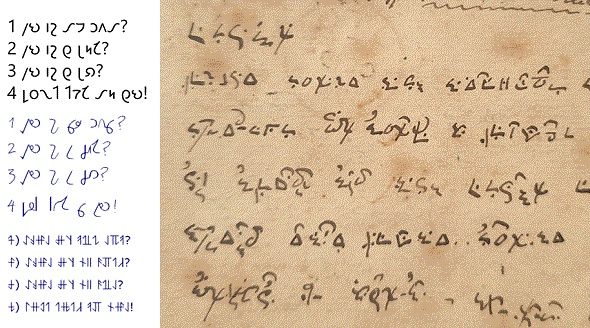
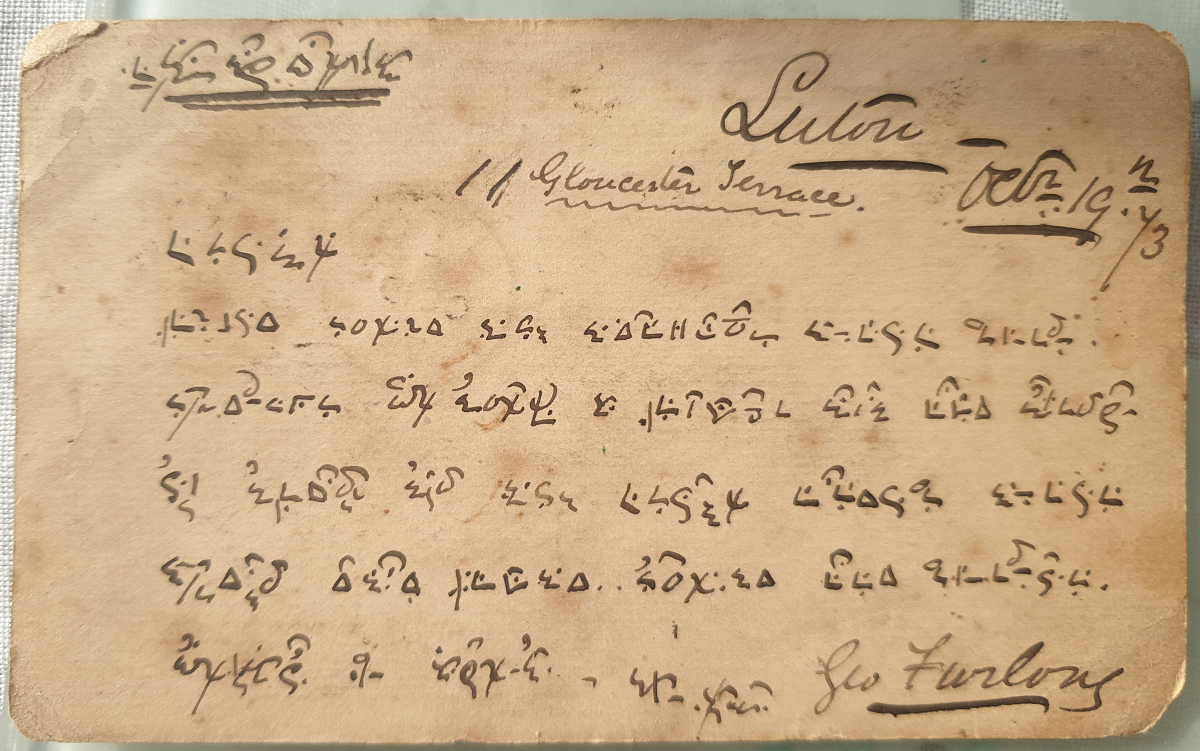
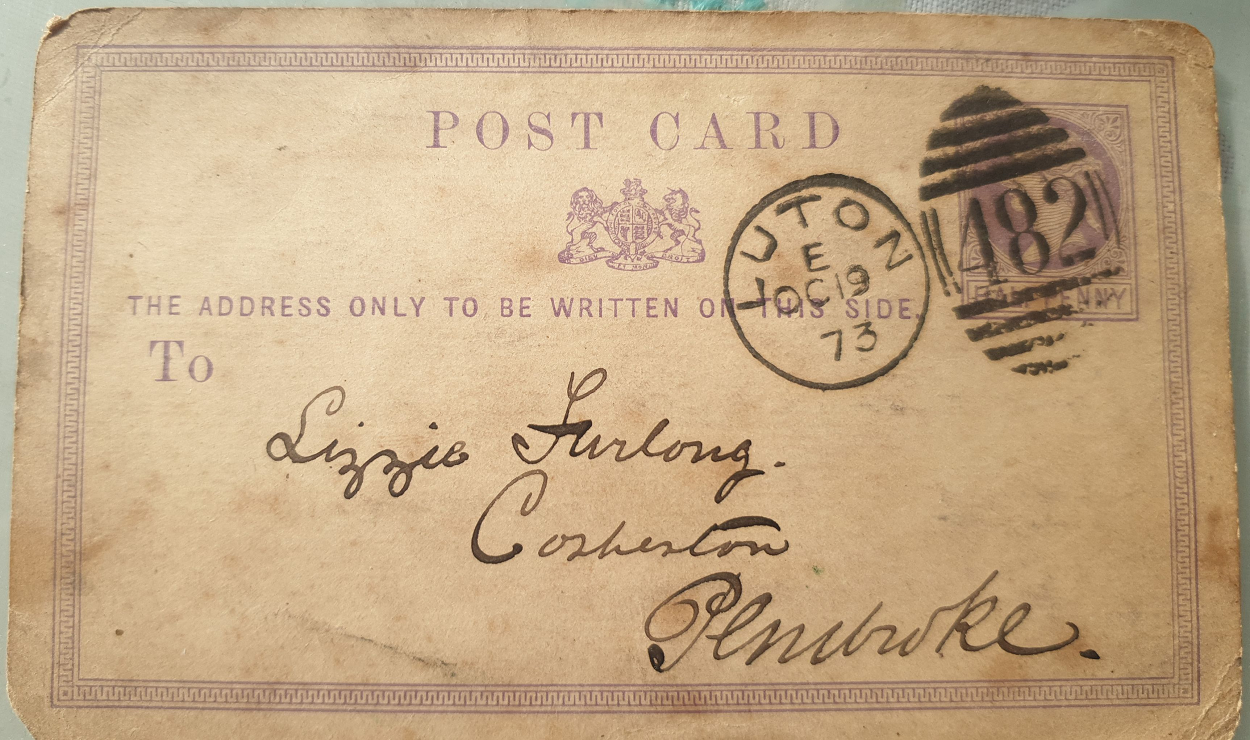
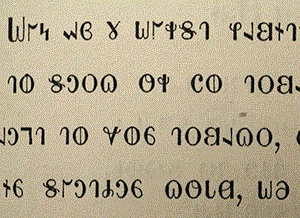
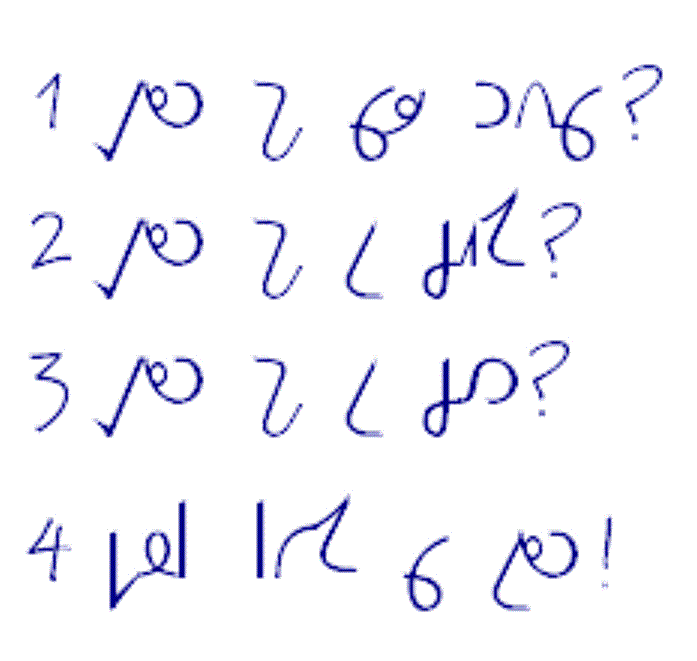

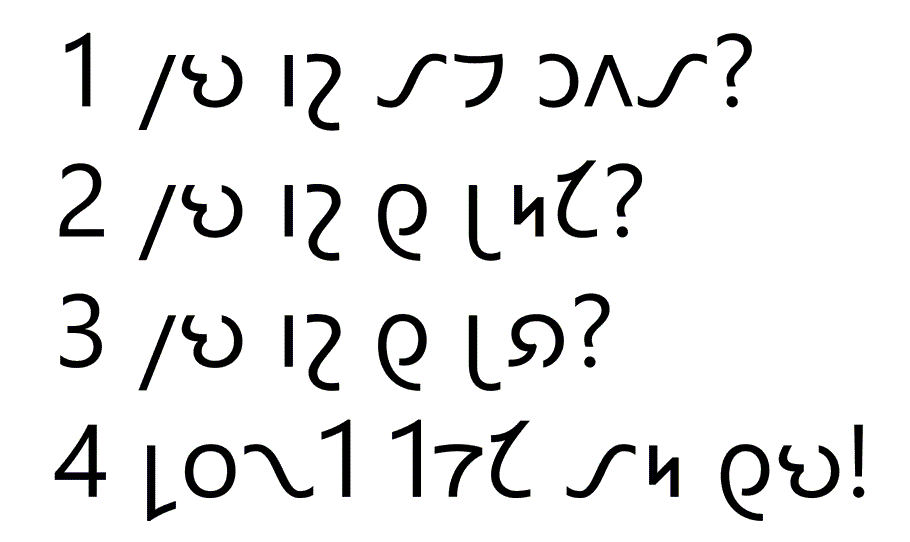
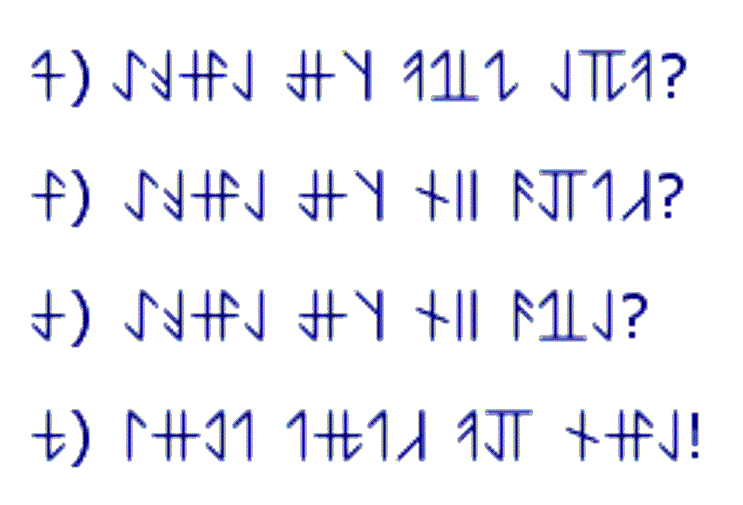

Letzte Kommentare